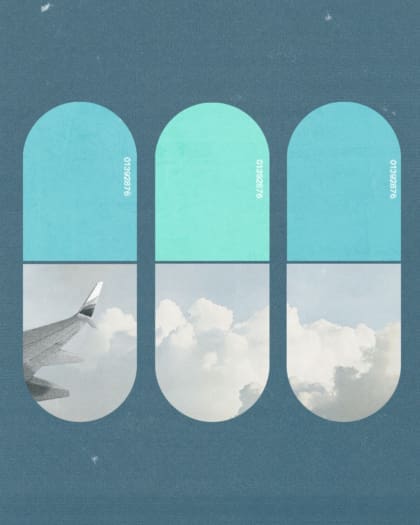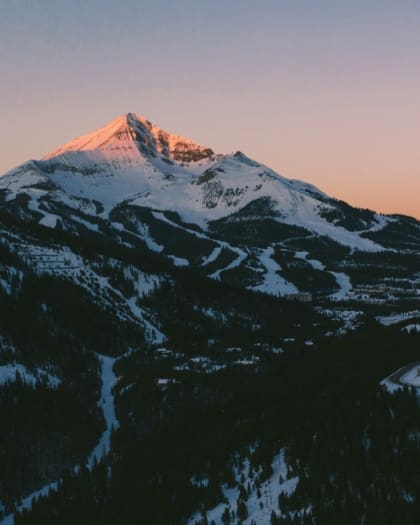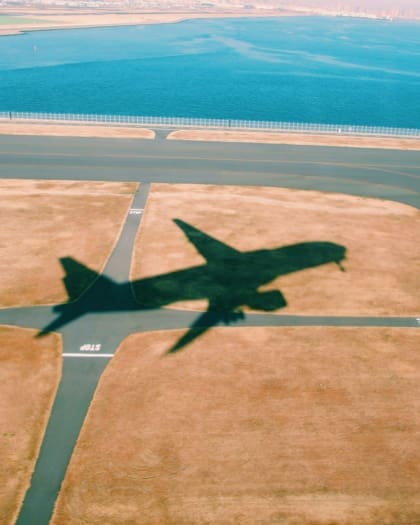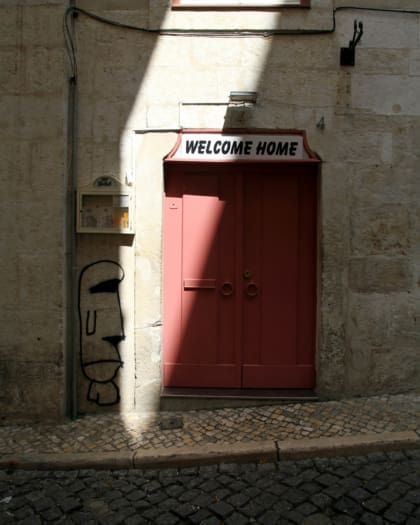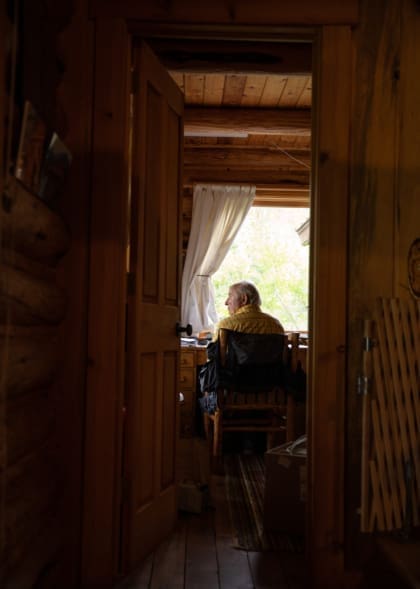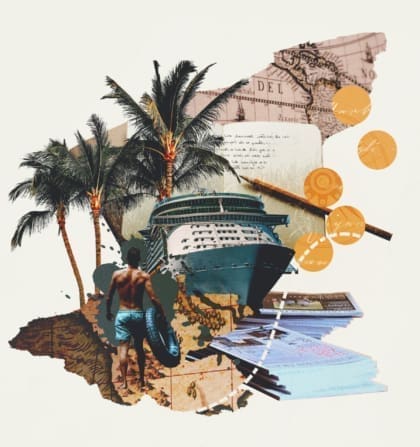
Why we need to change the way we write about travel
From journals to diplomatic records to glossy magazines, travel writing has been around for centuries – and so are the dynamics it perpetuates. A historian shares why, and how, we can shift the conversation
Travel, we are told, is life changing, formative, a chance to really ‘experience’ the world. The traveller returns transformed and ready to impart the lessons they’ve learned.
But this idea of the traveller enriched by exploration is one steeped in a history of colonialism and exploitation. In 2022, with our understanding of these stories growing, it’s time for a change. The conversation around travel needs to move beyond the personal narrative of the person travelling – and that means there needs to be a shift in the way we write about it.
In magazines and on social media, we are inundated with travel content telling us what we ‘must see’ to ‘get the most’ from our travels. It can make our world seem smaller – you are just one plane ride away from warm blue seas, an Andean hike or a glass of wine on an Italian terrace, after all.
But what the genre misses is why travel has become such a huge part of the modern global economy and the power divide that exists between the traveller and the places they want to see.
Travel writing and European colonisation
Travel literature has existed for millennia. In one of its earliest iterations, it took the form of diplomatic records and personal diaries written by statesmen or wealthy envoys. Their purpose was to analyse and understand the ‘strange’ and ‘foreign’ either as a means to form alliances with other governing bodies, or to justify action against them. The voyages described in these narratives were more functional than aspirational.
A shift came in the 17th century when travelogues and ethnographies started to be written by members of Western Europe’s social elite and religious missionaries. These travellers ventured to Asia, Africa, and the ‘New World’ in search of what they considered unclaimed territories in need of Christian intervention. They spoke of the proliferation of ‘unused’ natural resources, and of the traveller’s bravery in these ‘savage’ lands. These accounts characterised the cultures they found outside of Christianised Europe as ‘uncivilised’, while the travellers presented themselves as saviours.
We are inundated with travel content telling us what we 'must see' to 'get the most' from our travels – but this ignores the power divide between the traveller and their destination
The royal and monied classes of Europe found adventure in these travelogues, but didn’t necessarily see a need to travel themselves. Their knowledge of these faraway lands – and the funds they provided for expeditions to explore them – was enough to display a sense of worldliness without leaving the comfort of Europe. Travel to the colonies was seen among the elite as a move of desperation, usually motivated by slipping social status in Europe or dwindling wealth.
Colonisation did however offer business opportunities, capitalised by a new class of merchant traders, who realised they could gain elite status by amassing profits from colonial trade. These exploitative ventures were often justified in the name of expanding Christianity, but their true motivation was in making profits enjoyed by elite Europeans and the newly formed classes of Europeans settled in colonial territories, always at the expense of the local people and environments they colonised.
European colonisation continued to grow throughout the 18th and 19th centuries until it dominated much of the globe. With few lands left to claim, leisure travel back to Europe became a popular pastime for those who could afford the journey. While exploratory travel was intended to scope out opportunities to be made in ‘new’ lands, leisure travel saw elite classes sharing diaries of their time in Europe as a signifier of social status.
Members of the ruling classes in conquered territories would make pilgrimages back to Western Europe to update their wardrobes, make sure their staff was trained to serve in the European fashion, and make appearances amongst Europe’s social elite to ensure their Europeanness wasn’t tainted by their life spent ‘abroad’. In return they regaled Europeans with tales of the successful ‘civilising’ of the lands they occupied.
Extended railway networks in the 19th century and the rise of air travel in the 20th century made the world a much smaller place. Greater access to education meant more people than ever before could read and be inspired by travel literature. As cities grew, more people worked in jobs that allowed them to save money to travel abroad.
The sophisticated aspired to European travel, where they could visit museums filled with goods stolen by colonists, while the adventurous wished to relive the golden age of exploration by visiting the living exhibitions of ‘primitive’ life and nature in places on the Asian, African and South American continents. While the class of people reading the literature had expanded, the purpose remained the same: to exoticise the unfamiliar and venerate the cultures of Western Europe.
Travel writing today
Contemporary travel media still perpetuates elitism and colonial attitudes. Travel is presented as a right, as something a fully rounded person must experience despite the fact that the majority of the world’s population cannot afford to travel.
The economies of post-colonial places are often heavily reliant on the tourism industry. Colonial estates are turned into hotels, museums and Michelin-rated restaurants, their purpose still intended to serve people visiting from abroad while remaining inaccessible to the majority of local residents.
When written about, the value of a destination is predominately measured in two ways: its ability to offer a European sense of luxury, or the extent to which a tourist can experience a ‘traditional’ or ‘ancient’ way of life. The traveller sees themselves walking into an attraction, not fully considering what they’re actually witnessing is daily life for locals.
The travel media we consume today comes in many forms: TikTok videos detail the latest global food trends via close-up shots of cut-throughs and ecstatic first bites; glossy magazines detail the five-star luxury experiences we aspire to but may not be able to afford; travel shows on TV promise to give us insight into the ‘real’ culture we can experience in lands far far away. But it rarely depicts an experience that is recognisable to locals.
Puerto Rico
Alicia Kennedy, food and culture writer and resident of Old San Juan, Puerto Rico sees this when tourists visit her local farmer’s market: “Tourists are disappointed; they come here and they want to see a table stacked with 50 bunches of bananas, and I’m like, ‘Dude, if the vendors brought that many bananas, they wouldn’t sell them, they’d go rotten.’ The farmers bring what they know they can sell and what they know their clientele want.” The Instagrammable moment of tropical abundance the tourist expects runs counter to the actual livelihood these farmers need to cultivate.
The Instagrammable moment of tropical abundance the tourist expects runs counter to the actual livelihood these farmers need to cultivate
As a current US colony, Puerto Rico’s tourism is deeply entrenched in a purposeful obfuscation of its colonial history. At best its subjugation to colonial rule is heralded as ‘historic’, offering US citizens a chance to travel to the Caribbean without a need for a passport or travel visa.
Puerto Rican rum is celebrated without explaining how its history is rooted in colonial sugar plantations, mountains of tropical fruits are expected without a discussion of how banana and pineapple plantations have affected local biodiversity. According to Kennedy and her husband Israel Meléndez Ayala, a historian of Puerto Rico, tourism to the island is still heavily influenced by ideas presented in mid-century travel ads like ‘Fiesta Island’ (1953).
Ayala and Kennedy explain that their daily life is directly affected by the tourism in Old San Juan, and not usually in a positive way. “There’s a local food tour group that takes big groups of tourists around to different restaurants and cafes, and recently we’ve gone a few times to get an espresso and we haven’t been able to get one because they have to serve the tourist groups first,” says Kennedy. That isn’t to say that they don’t want people to enjoy and support the local businesses they love, but there is a balance that is missing when the needs of tourists usurp the needs of locals.
Residents of areas like Old San Juan are also experiencing a rise in people moving to the island to work remotely. The city has seen rents sky-rocket as people from mainland United USA take over leases, and landlords favour turning long-term rentals into Airbnbs. While Airbnb purports to allow travellers to “Travel like a human” and experience a place like a local, locals don’t always see them as a good thing.
“Airbnbs have been a tool to make money but also result in displacement and kill the spirit of the city,” says Ayala, who has seen the eradication of the Old San Juan he knew as a child, as residents are forced out and local businesses are replaced by big box stores that cater to tourists from the United States.
The ethics of travel writing and travel itself will always be murky because of their colonial histories. There is no way to fully counter the political and economic power divide that exists between the traveller and the places they visit, but drawing attention to it is a start.
Kennedy acknowledges that press trips taken by travel journalists are “the nature of the business,” but more care can be done by content creators and editors to make it clear when trips are paid for and make more of an effort to include local voices in coverage.
Looking to the future, editors can take the time to find contributors that offer a local perspective that goes beyond the expat experience. Rather than churn out content that hinges on selling readers on the ‘must-sees’ of a destination, it would be better to see investment made into long-term reportage that illuminates the history, innovations and cultures of a place, in a way that is interesting to both locals and tourists.
Illustration by Eleanor Shakespeare


